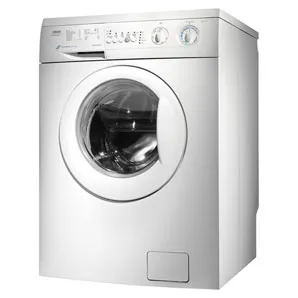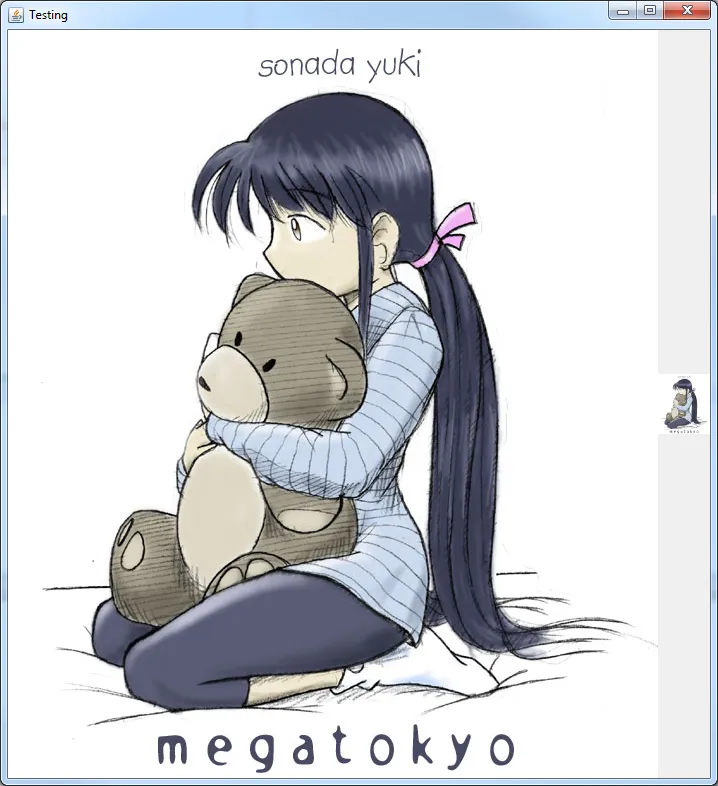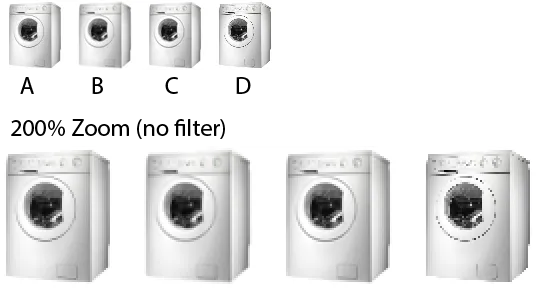在脚本中,它从大约300x300的标记下降到60x60。需要提高整体图像质量,因为目前输出效果非常差。
public static Boolean resizeImage(String sourceImg, String destImg, Integer Width, Integer Height, Integer whiteSpaceAmount)
{
BufferedImage origImage;
try
{
origImage = ImageIO.read(new File(sourceImg));
int type = origImage.getType() == 0? BufferedImage.TYPE_INT_ARGB : origImage.getType();
int fHeight = Height;
int fWidth = Width;
int whiteSpace = Height + whiteSpaceAmount; //Formatting all to squares so don't need two whiteSpace calcs..
double aspectRatio;
//Work out the resized dimensions
if (origImage.getHeight() > origImage.getWidth()) //If the pictures height is greater than the width then scale appropriately.
{
fHeight = Height; //Set the height to 60 as it is the biggest side.
aspectRatio = (double)origImage.getWidth() / (double)origImage.getHeight(); //Get the aspect ratio of the picture.
fWidth = (int)Math.round(Width * aspectRatio); //Sets the width as created via the aspect ratio.
}
else if (origImage.getHeight() < origImage.getWidth()) //If the pictures width is greater than the height scale appropriately.
{
fWidth = Width; //Set the height to 60 as it is the biggest side.
aspectRatio = (double)origImage.getHeight() / (double)origImage.getWidth(); //Get the aspect ratio of the picture.
fHeight = (int)Math.round(Height * aspectRatio); //Sets the height as created via the aspect ratio.
}
int extraHeight = whiteSpace - fHeight;
int extraWidth = whiteSpace - fWidth;
BufferedImage resizedImage = new BufferedImage(whiteSpace, whiteSpace, type);
Graphics2D g = resizedImage.createGraphics();
g.setColor(Color.white);
g.fillRect(0, 0, whiteSpace, whiteSpace);
g.setComposite(AlphaComposite.Src);
g.setRenderingHint(RenderingHints.KEY_INTERPOLATION, RenderingHints.VALUE_INTERPOLATION_BILINEAR);
g.setRenderingHint(RenderingHints.KEY_RENDERING, RenderingHints.VALUE_RENDER_QUALITY);
g.setRenderingHint(RenderingHints.KEY_ANTIALIASING, RenderingHints.VALUE_ANTIALIAS_ON);
g.drawImage(origImage, extraWidth/2, extraHeight/2, fWidth, fHeight, null);
g.dispose();
ImageIO.write(resizedImage, "jpg", new File(destImg));
}
catch (IOException ex)
{
return false;
}
return true;
}
我只想知道是否有可以提高质量的插件,或者我需要完全看其他东西。
编辑:图片对比。
来源,随机从谷歌选了一台洗衣机。 http://www.essexappliances.co.uk/images/categories/washing-machine.jpg

同一张图片在Photoshop中被转换成我需要的样子。 http://imgur.com/78B1p

这样转换后是什么样子。 http://imgur.com/8WlXD






- 为了更快得到更好的帮助,请发布一个SSCCE。
- JPG本质上是有损压缩的。可以在创建时设置压缩/质量,如此答案所示。
- 对我来说,上传的图像看起来完全相同。鉴于“白色家电”与白色背景之间的淡色对比度,这也不是我认为适合调整大小的图像。
- Andrew ThompsonVALUE_INTERPOLATION_BICUBIC而不是VALUE_INTERPOLATION_BILINEAR吗?根据文档,双线性插值只考虑输入的4x4样本,而对于双三次插值则没有这么具体。适当的调整大小需要更大的采样窗口,因为输出与输入的比例越小。 - Mark Ransom